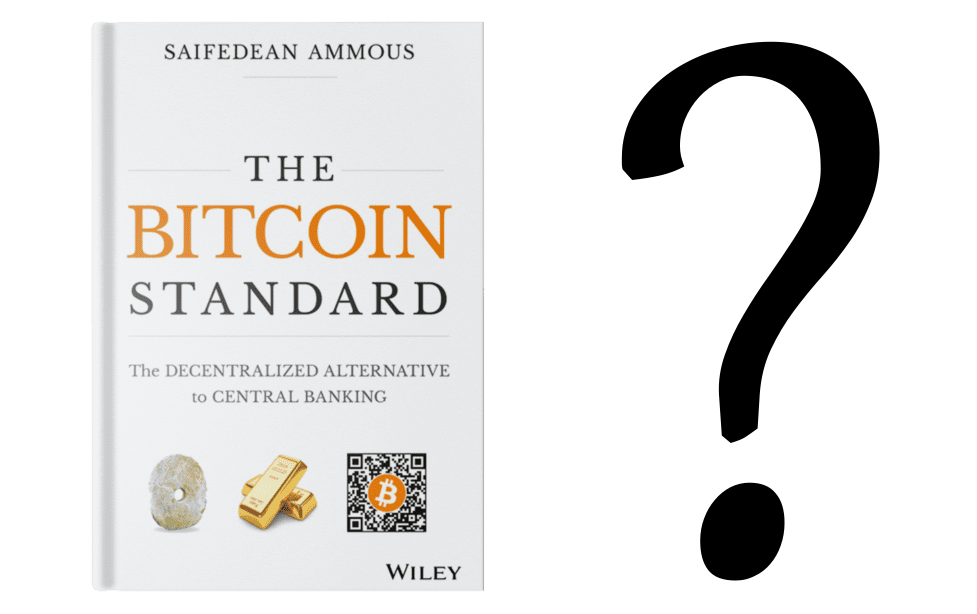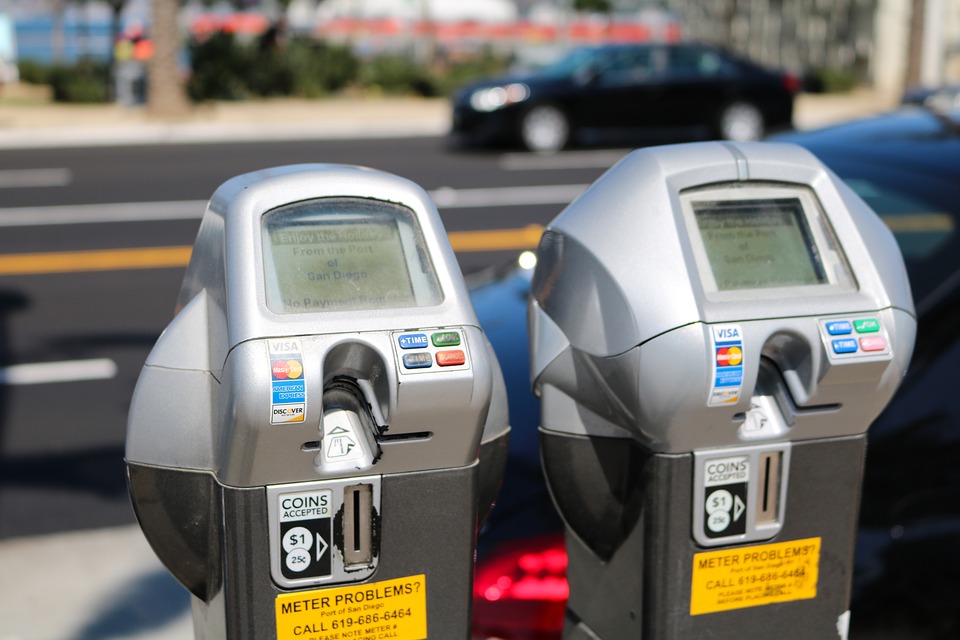
There is an oft-repeated claim that sidechains on the Bitcoin network can, will or should make “altcoins” irrelevant. Some say that this ought to happen in order to protect the purchasing power of Bitcoin from being diluted by a gazillion alternative tokens. Others say it is just inevitable because it allows individuals to benefit from the monetary network effect of Bitcoin while still getting to use features that are not native to the Bitcoin base chain. Why would you bother using an altcoin that has a smaller network effect when you can get the same features within the Bitcoin ecosystem?
I see a few problems with this view.
-
As an empirical obersvation, it’s not happening in practice. Example: Monero clearly has far better privacy characteristics than Bitcoin, so why is there no Bitcoin sidechain implementing Monero’s privacy features? Instead, what has been developed and adopted in practice is cross-chain atomic swaps.
-
Sidechains cannot even attempt alternative consensus mechanisms to proof-of-work because the whole point is that base-layer nodes operate as SPV-validators only. They don’t validate the contents of the sidechain blocks are following any particular consensus rules, they just accept whatever has the most PoW attached. Anyone that wants to experiment with an alternative consensus mechanism (PoS, dPoS, ORV, SCP, etc) must still do it on an alternative ledger. There is no way to express non-proof-of-work mechanisms in a compressed hash representing the expended effort, so SPV simply doesn’t apply and you are left with nothing but choosing trusted nodes. Without that proof-of-work mechanism for SPV, there’s no way to link the sidechain back to the base chain.
-
Layer 1 issues can still bleed into sidechains. If it takes a long time (or a high fee) to get your tx confirmed on the base chain, it necessarily takes a long time to get access to your coins in the side chain. Direct native chain access may be much more convenient. If BTC mining becomes unstable without block rewards, then coins that are working to fix that (like Monero) would still have to suffer downstream effects of the very thing they set out to fix (if they were operating as sidechains).
-
Just because you lock up BTC on layer 1 doesn’t mean that the corresponding tokens within a given sidechain will be accepted by any merchants, exchanges, counter-parties, etc. Especially if you trust the sidechain’s consensus but the merchant does not. In that case, you would still need to do base-chain txns to move your coins out of the sidechain and make them spendable. If that’s too expensive, then an exchange rate will develop for people to move between layers without actually moving funds, just using a CEX. Then we will be pretty much where we are now anyway in terms of a fluctuating market exchange rate between tokens.
-
It’s simply not true that a “long tail” of different coins threatens the network effect of established players. That’s the whole point of “network effect”. Does every self-hosted chatroom on a VPS threaten Facebook? Not in any meaningful way. It’s a drop in the bucket. It’s like how prisoners using cigarettes as money in prison doesn’t meaningfully threaten to displace the monetary adoption of the US dollar, even though those same prisoners may have used US dollars in other circumstances. There is an effect, it’s just negligible.
If you want to read more of the background on sidechains, this is a good place to start: https://www.drivechain.info


